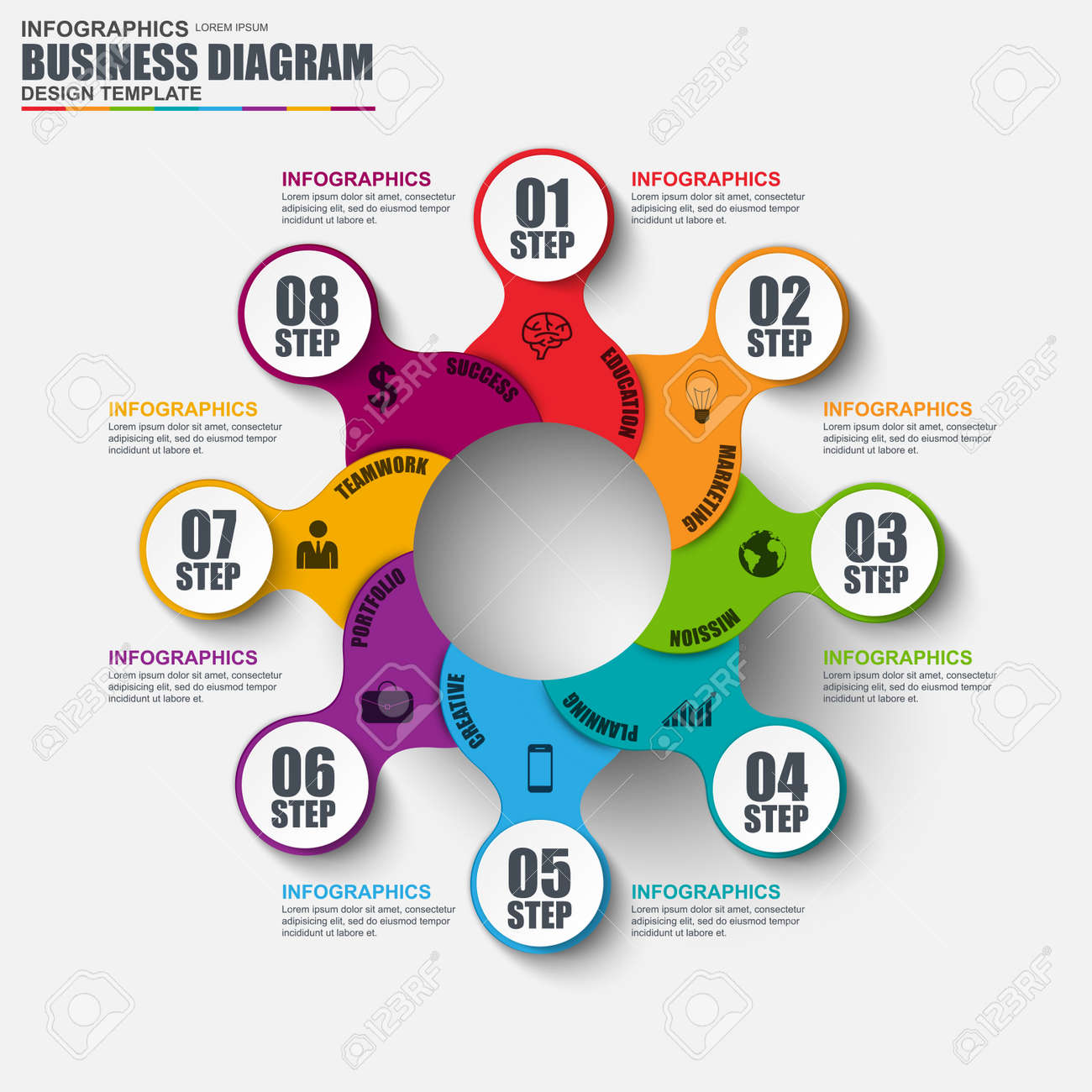Basic Aspects Of Web Design: Guidelines For Developing A User-Centric Site
Basic Aspects Of Web Design: Guidelines For Developing A User-Centric Site
Blog Article
Content Composed By-Hall Bak
When it involves internet site style, making certain user-friendliness is vital. From responsive style to structured navigating, every component plays a vital role in creating a site that caters to your audience's needs. But what regarding the finer details that can make or damage a user's searching experience? Keep tuned as Digital Marketing Agency discover some often-overlooked ideas that can raise your web site's use to the next degree, making it truly stand out in the electronic landscape.
Relevance of Responsive Design
Receptive style is a critical element of modern-day internet site advancement. Guaranteeing your internet site is responsive means that it can adjust to various screen dimensions and gadgets, supplying a seamless experience for individuals.
With the raising use of smart devices and tablet computers to access the internet, having a responsive layout is important for getting to a larger audience. It aids in improving customer experience by making your internet site very easy to navigate and continue reading any kind of gadget.
In addition, responsive style can favorably impact your search engine rankings, as online search engine like Google prioritize mobile-friendly sites. By having a receptive layout, you're additionally future-proofing your website, as new devices with varying screen sizes continue to arise.
Simplify Navigating Framework
To improve user experience and help with simple access to information on your web site, streamlining the navigation framework is critical. When making your site, concentrate on developing a clear and user-friendly navigating menu that helps site visitors find what they're seeking quickly.
Restriction the number of menu things to the basics, grouping relevant web pages with each other to prevent overwhelming individuals. Use descriptive tags that plainly indicate the material of each web page, making it easier for users to recognize where each web link will certainly take them.
Consider executing dropdown menus for subcategories to stop jumbling the major navigating bar. Furthermore, consist of a search bar prominently on the web page for users that choose looking for specific details.
Focus on mobile responsiveness in your navigation design to ensure simple gain access to on all tools.
Enhance Web Page Lots Rate
Improving page tons speed is important for maintaining site visitors on your web site. Slow-loading pages irritate users and can lead to high bounce rates. To optimize web page load speed, begin by enhancing photos. Compress photos without jeopardizing high quality to reduce their file sizes.
In addition, allow internet browser caching to keep regularly accessed sources in your area, quickening load times for returning visitors. Minify CSS, JavaScript, and HTML files by eliminating unnecessary personalities, remarks, and formatting, boosting tons rate.
Think about using a material shipment network (CDN) to disperse your site's content across several web servers worldwide, lowering latency for users accessing your website from various areas. Finally, limit Digital Marketing Agency List of third-party scripts and plugins, as they can substantially impact lots times.
Verdict
In conclusion, by including responsive style, streamlining navigating, and enhancing page lots speed, you can create a straightforward website that appeals to a wider target market and boosts user experience. These essential elements guarantee that site visitors can easily gain access to and navigate your website throughout different devices, causing raised interaction and contentment. By focusing on these crucial facets, you can construct an effective site that keeps users coming back for more.
